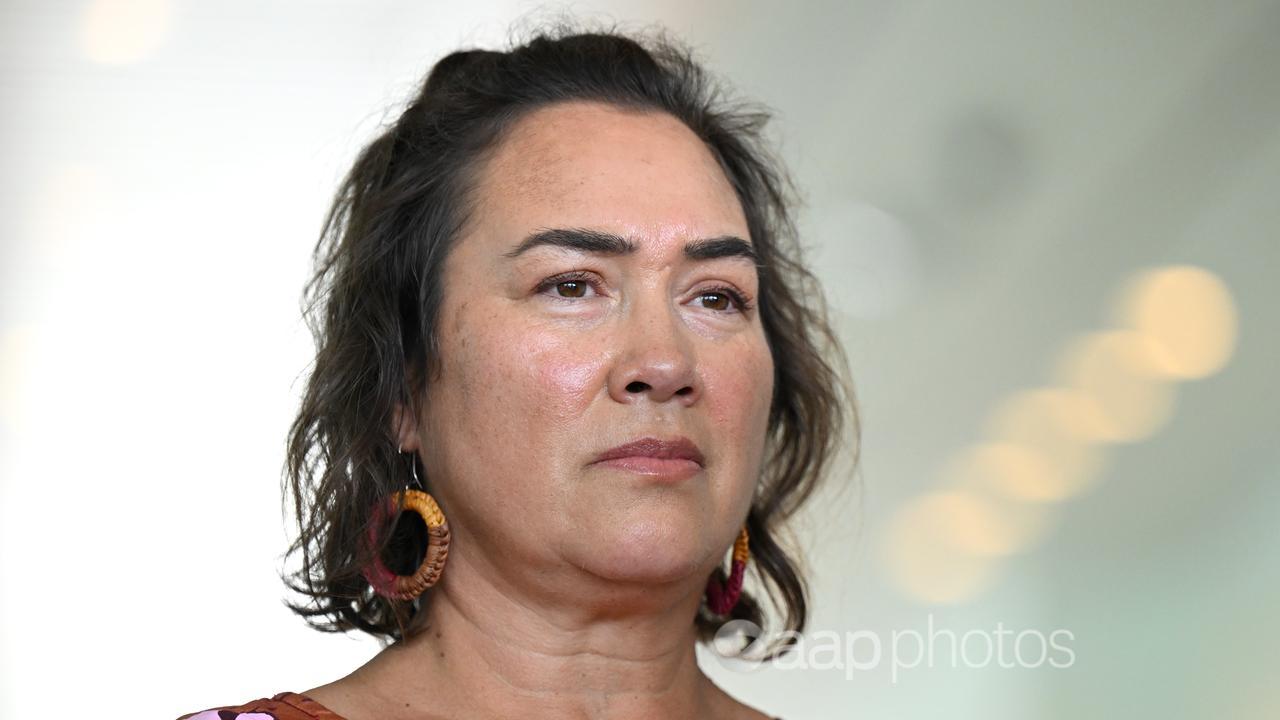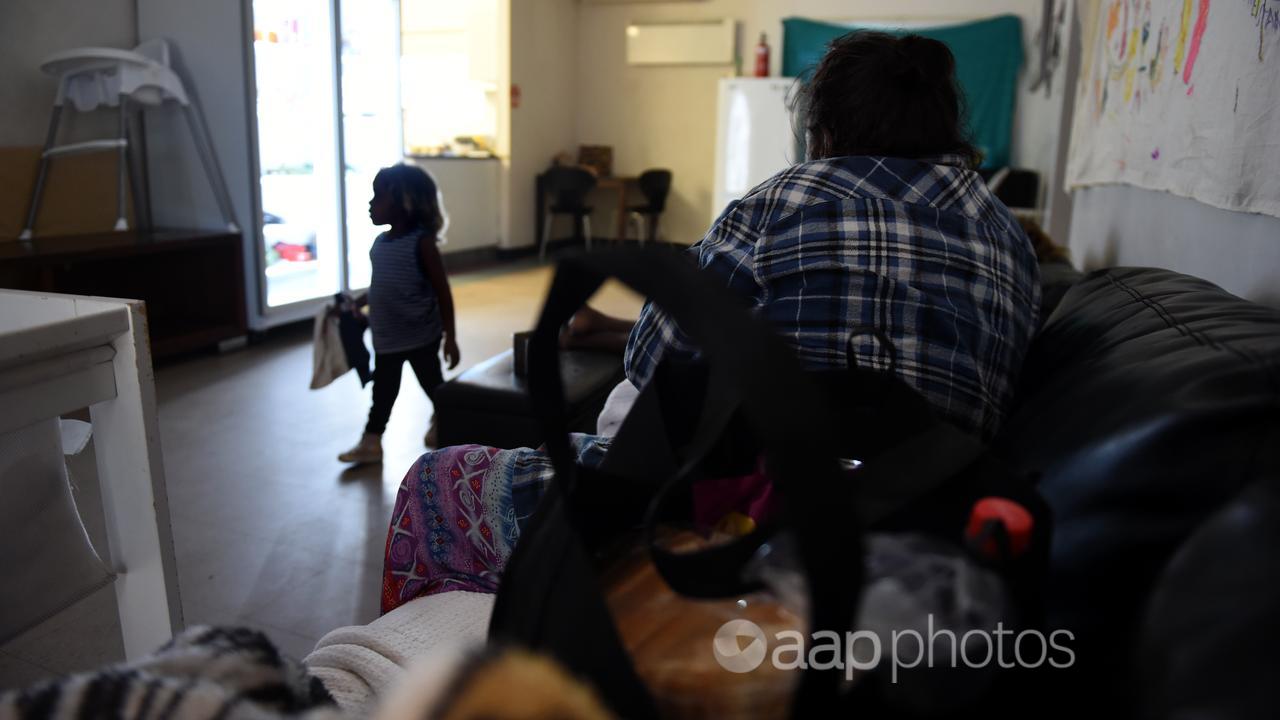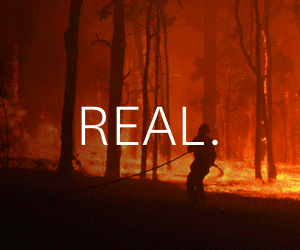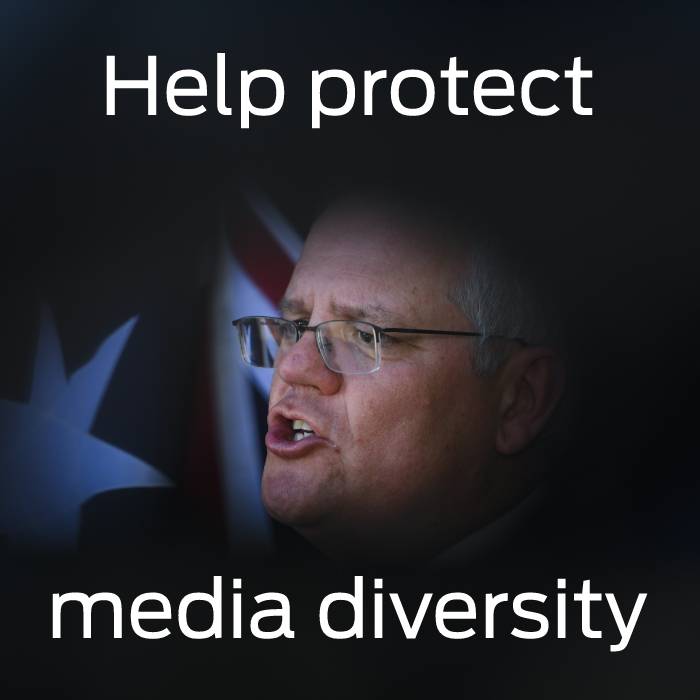Aboriginal and Torres Strait Islander children are being removed from their parents at the highest rates ever recorded.
The Family Matters report, released on Thursday, reveals Indigenous children are still “grossly over-represented” at every stage of the child protection system.
There are 22,908 Aboriginal and Torres Strait Islander children in the out-of-home care system and they are 10.8 times more likely than non-Indigenous kids to be removed from their parents, the report said.
Indigenous children are also 5.6 times more likely than non-Indigenous children to be subject to reports to child protection authorities.

“This over-representation grows as family interventions become more intrusive at each stage of the system,” according to report co-author Catherine Liddle, who is also chief executive of the peak body for Indigenous children, SNAICC.
This points to “a systemic failure to respond and support children and families rather than issues driven at a community level”, she said
The rate of Aboriginal and Torres Strait Islander children in out-of-home care has risen from 54.2 per 1000 in 2019, to 57.2 per 1000 in 2023.
The Productivity Commission estimates that by 2031 the rate will be 63 per 1000 children.
Ms Liddle said Indigenous community-controlled organisations get the best results for First Nations children.
“What the report reveals is that while Aboriginal and Torres Strait Islander children have never been more likely to be in out-of-home care, the community controlled sector, which is the most likely to keep those children safe and cared for at home and with family are woefully underfunded,” she said.

Indigenous community-controlled child protection organisations receive six per cent of government funding to the sector, with most of the money going instead to non-Indigenous and non-government organisations.
The report said 15 per cent of government funding in child protection is going towards early intervention and family support while 85 per cent goes towards the delivery of out-of-home care services.
This funding must be redirected, Ms Liddle said, in order to address the over-representation of Indigenous children in out-of-home care.
“Governments must get serious about transforming the way they do business with (Aboriginal Community Controlled Organisations) by transferring authority and adequate resourcing that will keep families together and prevent the landslide of children entering the misnamed protection system,” she said.
“Our sector, communities and families are sick of seeing our children removed.
“The number of children who are crossing over from child protection into youth justice systems is increasing, yet there continues to be a focus at the tertiary end of responses.”




















